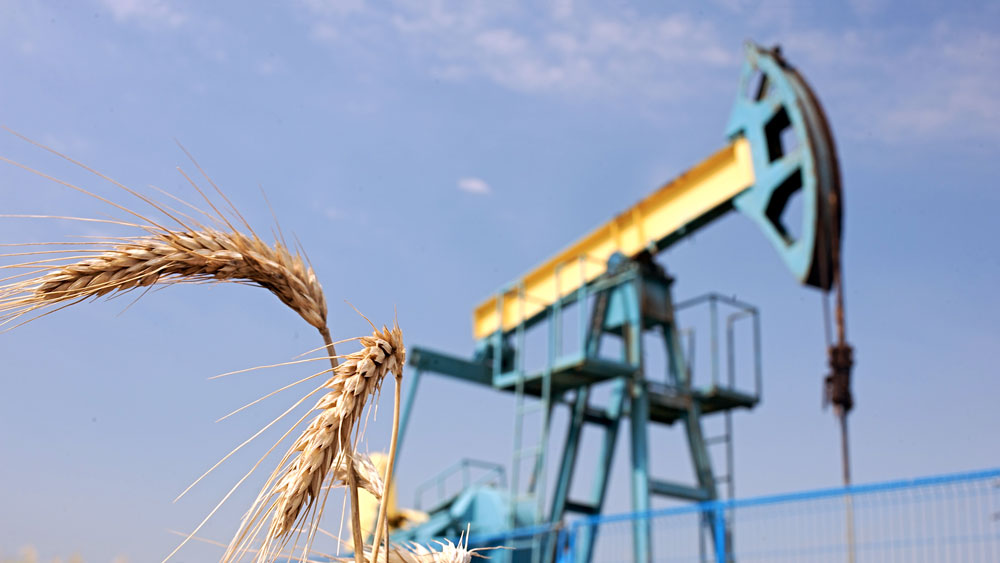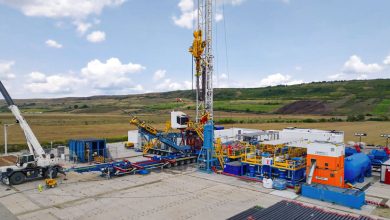OMV Petrom to Transfer 40 Fields to Dacian Petroleum
OMV Petrom, the largest energy company in South-Eastern Europe, reached an agreement for the transfer of 40 onshore oil and gas fields in Romania to Dacian Petroleum as part of a business transfer arrangement. The transfer of rights and obligations under the concession agreements is subject to approval by the relevant authorities, pursuant to the Petroleum Law.
The transfer is part of the portfolio optimization program within the Upstream Division of OMV Petrom, which aims to streamline operations and focuses on the core and most profitable fields.
The 40 fields to be transferred, located in Southern Romania, have a cumulated oil and gas production of approximately 1,700 boe/day, representing roughly 1% of OMV Petrom’s production.
Dacian Petroleum enters into the business transfer arrangement with a view to extending the life cycle of the 40 fields, which are considered marginal for OMV Petrom. Under the agreement, OMV Petrom will also transfer wells and related oil and gas infrastructure, together with approximately 190 employees.
The selection process for the company to take over the licenses was conducted according to best international practices. The process spanned over 30 months and several operating companies from Romania and abroad participated in it.
This is the third divestment within OMV Petrom’s Upstream portfolio optimization program. Previously, 28 other fields were divested: 19 fields in August 2017 and another 9 in March 2019, all to Mazarine Energy Romania.
For the full year 2019, OMV Petrom estimated the average Brent oil price at USD 65/bbl (2018: USD 71/bbl). At the entire Group level CAPEX (including capitalized exploration and appraisal) is currently anticipated to be around RON 4.0 billion and of this amount about 75% is to be routed to Upstream. In this sector, the company officials expect production to decline by around 5% yoy, excluding portfolio optimization, mainly due to natural decline and maintenance activities. In terms of investments, it was planned to drill around 100 new wells and side-tracks and maintain a constant level of workovers yoy.



